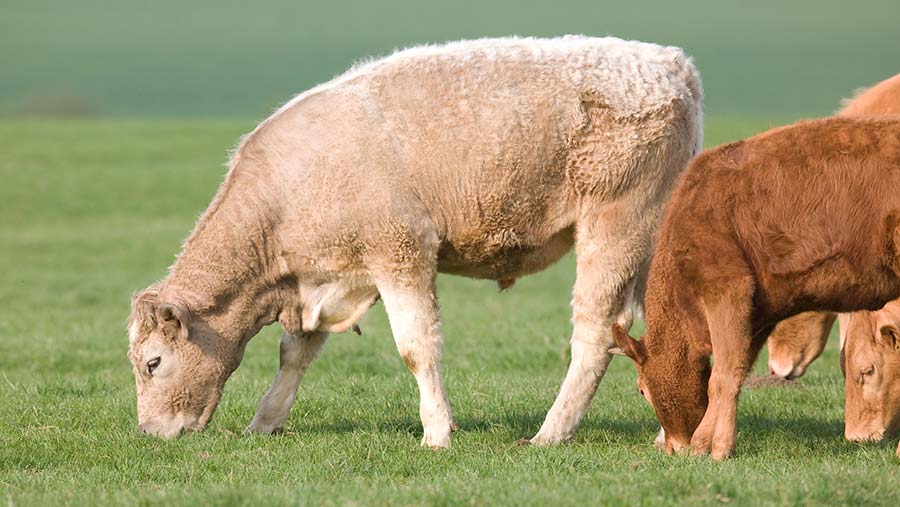Opinion: Singing the praises of grass-fed livestock
 © Tim Scrivener
© Tim Scrivener There have been startling negative headlines in the consumer press in the past few months about red meat consumption.
But reading the small print of some of the recent reports, there is some good news for British red meat producers making the most of grass.
The Greenpeace report “Feeding the problem” highlighted how it would be better for land use and the environment to produce our proteins from grasslands, not by growing grains for animal consumption on quality arable land.
See also: Grass-fed beef has so much to recommend it
And while the EAT-Lancet report “Healthy diets from sustainable food systems” has come under heavy criticism for misleading headlines, buried deep in the appendices are again encouraging statements for livestock farmers.
For instance, “ruminants can be reared on land unsuited for other food producing purposes” and “in mixed farming systems the animals recycle nutrients and re-fertilise soils with their dung, thus fostering a new generation of crops and pasture”.
The “Ten years for agroecology” study from the European think tank IDDRi highlights a need for re-orienting diets away from grain-fed animals because more than half the cereals and oilseed crops grown in the EU are currently fed to animals.
Here at the Pasture-Fed Livestock Association (PFLA) we champion low-input production with high-quality output from the UK’s 11.5m ha of grassland.
Farmers and environmentalists agree that this pastoral landscape is iconic and provides a multitude of social, economic and environmental benefits for all.
Payments in a post-Brexit world for delivery and maintenance of public goods, such as wildlife encouragement and rejuvenation of eroding soils facilitated by our grasslands, could create encouraging prospects for grazing farmers.
The PFLA is therefore pushing Defra to include measures relating to grazing within proposals for the new Environmental Land Management system (ELMs).
We are also encouraging government to resolve a major problem for consumers wishing to purchase 100% grass-fed produce.
At present there is no legal definition for “grass-fed”. Consumer surveys show they are confused and being misled by marketing claims, which at the moment can be applied to any meat from animals raised on grass for just 51% of their lifetime.
There is increasing scientific evidence, including work carried out at the University of Newcastle, that meat and milk from animals that have only ever eaten grass and pasture is different in nutritional quality – lower in saturated fat, a much healthier ratio of Omega-3 to Omega-6 fatty acids, and more vitamins and minerals.
More importantly, all of these benefits disappear with only a few weeks of feeding cereals.
PFLA membership now stands at more than 400, and 80 of these beef, sheep and dairy farms are now independently audited and certified, which means they can use the “Pasture for Life” mark on their produce.
More and more farmers are getting in touch with us to tell us they would like to, or think they could, achieve 100% grass-fed production.
Many of these become members of the PFLA, despite still feeding some grain. But they learn, by listening, talking and visiting other members, how to finish their animals without relying on any cereals.
We believe there are signs that 100% grass-fed meat and dairy is what consumers want. Once they know what it is and why it is different, and once they taste it, they are sold.
This is why we are so positive about the future for pasture-based farming.
Russ Carrington is general manager of the Pasture-Fed Livestock Association
